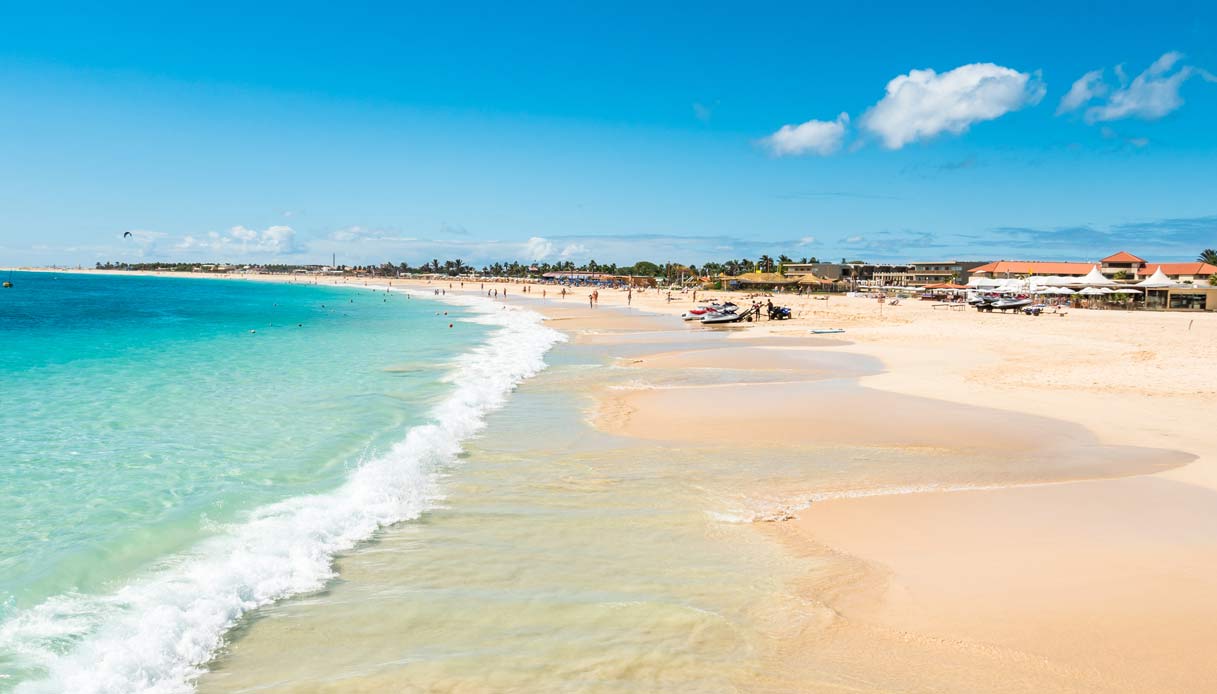

It is mainly sung during religious festivals in the islands of Santo Antão, São Vicente, São Nicolau, Boa Vista and Brava. Singers and musicians includes Nancy Vieira, the band Simentera, Mité Costa, Bana, Manecas Matos, Cabral & Cabo Verde Show, Ildo Lobo, Djalunga, Paulino Vieira, Dudú Araújo, Beto Dias and Suzanna Lubrano Colá Ĭolá is a form of music from Cape Verde. Singers or artists and band include Os Tubarões, Zezé di Nha Reinalda, Finaçon, Orlando Pantera and Simentera.Ĭoladeira is a form of dance and music from Cape Verde. Tabanka or Tabanca is a form of music in Cape Verde, also popular, it characterizes by having an allegro, a binary compass, and traditionally being melodic only. Performers and songwriters are Orlando Pantera, Vadú, Tcheka, Mayra Andrade, Lura, Zeca di nha Reinalda. In the 80's, Orlando Pantera has created the "new batuco" (neo-batuku), but he died in 2001 before to achieve his creative work. Originally a woman's folk music, batuque is an improvised music with strong satirical or critical lyrics. Other group includes Paris-based La MC Malcriado Batuque īatuque is also popular in Cape Verde. Since independence, however, bands like Bulimundo adapted the music for pop audiences and Finaçon, who combined funaná and coladeira into a fusion called funacola. Prior to independence, funaná was denigrated by colonial authorities, who considered it African. Leza, Travadinha, Sãozinha, Maria Alice, Carmen Souza, Gardénia Benros, and Assol Garcia.įunaná is an accordion-based genre from Santiago. Performers include Codé di Dona, Manuel de Novas, Frank Cavaquim, Djosa Marques and Os Tubarões.Īside from Évora, popular morna musicians include Ildo Lobo, Titina, Celina Pereira, Bana, Djosinha, B. It is a more light-hearted and humorous genre, with sensual rhythms.

In the 1930s, Morna evolved in a swifter form of music called coladeira. Solo vocalists are accompanied by a guitar, violin, bass guitar) and a piano. Morna also spread to São Vicente, and composers like B. Eugénio Tavares was an influential songwriter of the period, and his songs are still extensively performed. Morna is believed to have originated on Boa Vista as a cheerful song-type. Lyrics are usually in Creole, and reflect highly-variable themes, including love and lust, patriotism and mourning. Morna is a national song-style, like Argentinian tango, beloved by Cape Verdeans across the many islands of the country. Morna is by far the most popular genre of Cape Verdean music, and it has produced an international superstar in Cesária Évora. From 2001-2011, Cape Verdeans and Capeverdeans abroad were awarded the KORA Awards, and only two singers were ever awarded including Cesária Évora and Suzanna Lubrano. At the continental level, singers or artists from Cape Verde and Capeverdeans abroad are included on another award, the MTV Africa Music Awards at the continental level awarded each year by the music network MTV. In 2011, it would be one of the most recent countries to have its own music award, the Cabo Verde Music Awards was established and awards the greatest songs of the year by Cape Vedean artists (and those of abroad). As a result, there are now more Cape Verdeans abroad than at home, and sizable communities exist in New England, Portugal, Wales, Senegal, Italy, France and the Netherlands. Climate conditions made the islands inhospitable, and the Portuguese governments mostly ignored the inhabitants and the frequent droughts and famines that wracked the islands periodically. The sailors brought with them African slaves, and the islands' population became mixed with elements of both races. Songs composed in Portuguese do exist (for instance, “Mar eterno” from Eugénio Tavares, “Ponta do Sol” from António Caldeira Marques, “Separação” from Palmeirinho) but are extremely scarce.Ĭape Verde is an island archipelago that was uninhabited until the Portuguese arrived in 1462. Therefore, the music, in Cape Verde, is considered to be creolophone and not lusophone. In the contrary of Cape Verdean literature, the music of Cape Verde is performed in Cape Verdean Creole and not in Portuguese.


 0 kommentar(er)
0 kommentar(er)
